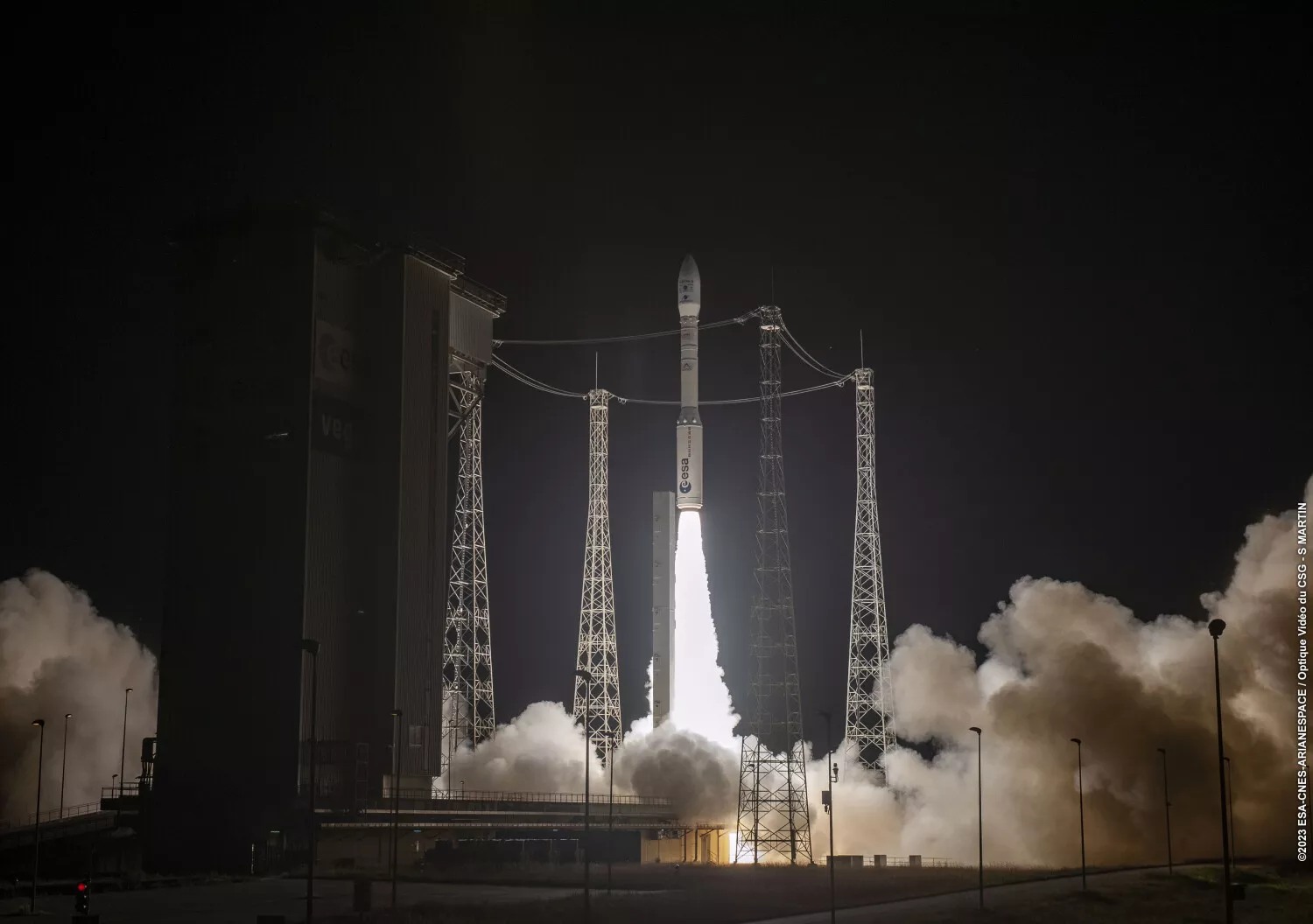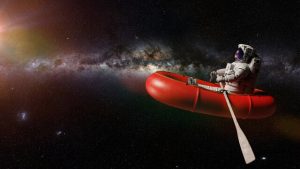Arianespace’s Vega Rocket Takes Off After Delays
10th Oct 2023
Arianespace’s Vega rocket has successfully reached orbit after technical setbacks resulted in a delayed launch. Taking off from Europe Spaceport in French Guinea on 8th October, the VV23 mission carried a variety of satellite payloads including ten CubeSats and two Earth Observation (EO) satellites.
Vega VV23 previously experienced a series of disruptions on the original launch date – 7th October – consequently causing the rocket’s grounding. However, after completing diagnostics, it lifted off the launch pad successfully a day later.
Stéphane Israël, Arianespace CEO, said in a statement: “Congratulations to Arianespace teams and their partners, amongst them Avio, ESA and CNES, for this successful Vega launch. By delivering multiple satellites to orbit, Vega again has demonstrated its unique versatility.”
The Rocket’s Launch & Prior Setbacks
Leading up to launch on 7th October, Arianespace reported via X – formally known as Twitter – that the rocket’s “launch sequence has been interrupted” due to “measurement [being] slightly above its maximum threshold.” Operators were forced to move the launch to later that day, but further system checks marked another postponement to 8th October. Three years prior, Arianespace experienced an explosion on the launch pad, destroying two satellite payloads. Therefore, precautions were necessary, making Vega’s delay an inevitable side-effect.
Despite these setbacks, Vega VV23 launched without a hitch and successfully completed its mission. In summary: once the rocket’s engines ignited and lifted off the launch pad, Vega’s first three stages flew for over six minutes. The upper stage then successfully separated from the ZEFIRO-9 third stage, which is when Vega’s AVUM upper stage performed a double ignition. Afterwards, the two main satellites were concurrently released at an orbital altitude of 601 km.
The AVUM ignited again and the remaining ten CubeSats appeared to have separated, marking mission completion one hour and 43 minutes after launch. Separation verification has been obtained for eight of the ten CubeSats; however, Arianespace is awaiting confirmation on the final two. To maintain sustainable space practices, a final AVUM ignition saw the rocket deorbited and returned to Earth.
Payload On Board
Delivering 12 satellites to Earth’s orbit, the rocket carried payloads from TASA, Airbus Defence and Space for Thailand (ADST), Taiwan Space Agency, and the European Commission. The two major payloads onboard were ADST’s THEOS-2 sun-synchronous orbit EO satellite, and TASA’s FORMOSAT-7R/TRITON weather satellite. The high-resolution EO optical satellite from ADST will support Thailand’s “key development priorities,” Arianespace said. Whereas, FORMOSAT-7R will perform weather observation and science missions.
Working With Partners For A Successful Mission
Arianespace, Italian aerospace company, AVIO Spa, French Space Agency, CNES and the European Space Agency (ESA) all worked together on the launch. AVIO Spa developed the rocket in collaboration with Arianespace for ESA, and CNES facilitated the “satellite preparation facilities”.
Vega VV23 marked the 348th launch for Arianespace, and the 21st flight for their Vega rocket series. However, this is not the first time Arianespace has worked with ESA. Previously, Arianespace won an ESA contract to deliver eight Galileo satellites. They also worked on ESA’s JUICE mission to study Jupiter and three of its largest moons.







Thank you for your comment! It will be visible on the site after moderation.